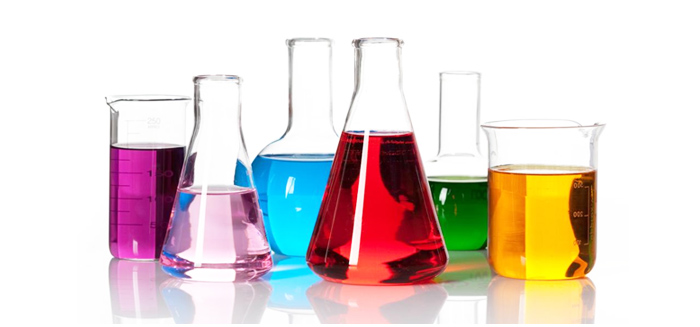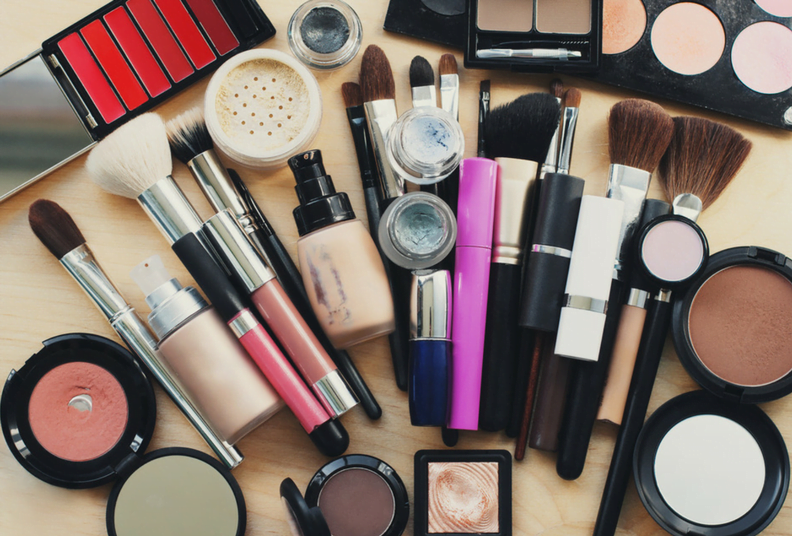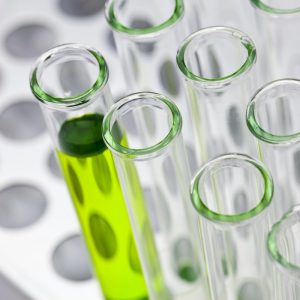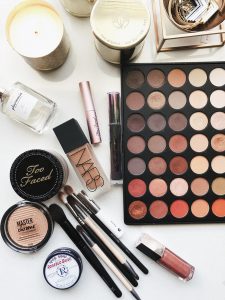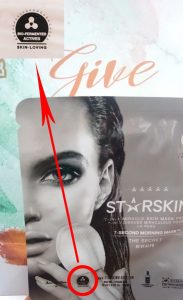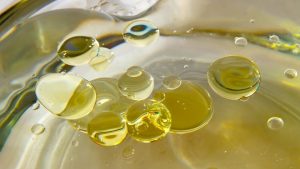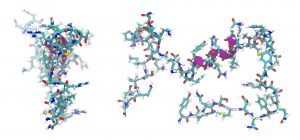
Brand New Technology to Mass Produce Peptides : NSC based Peptide Synthesis
Peptides are powerful ingredients that can bring strong efficacy in personal care formulation, but these are expensive. How to get access into these? Read on the solutions that we have from this blog.

